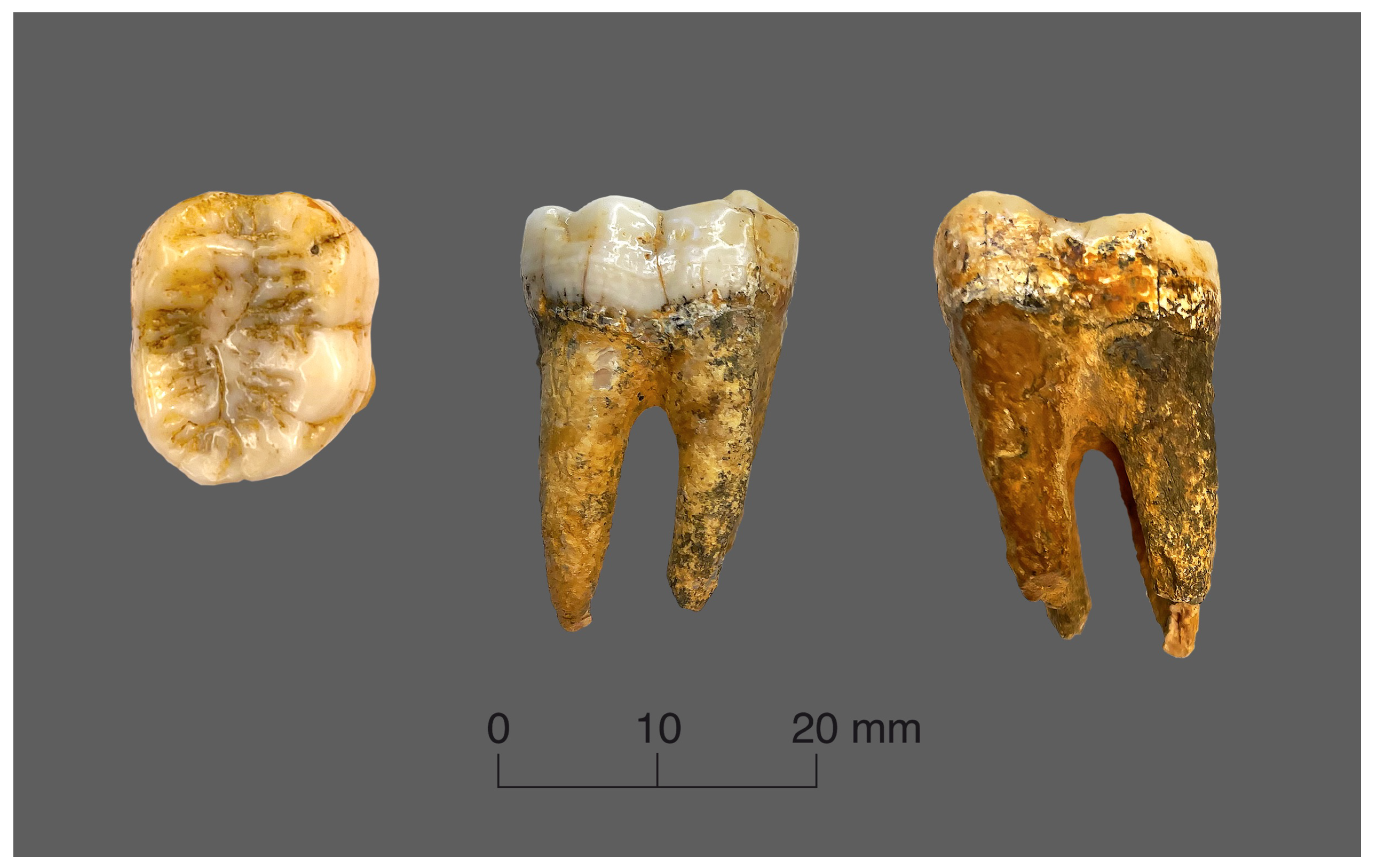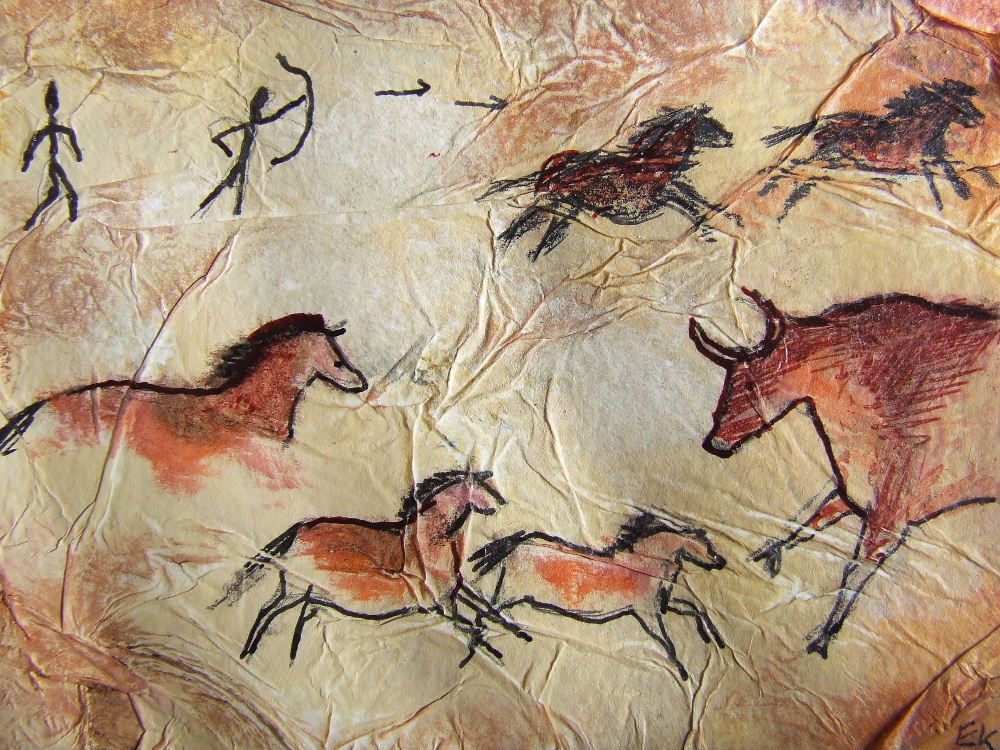Human Variation & Race
1. Select only ONE of the following environmental stresses: (a) heat, (b) high levels of solar radiation, (c) cold, or (d) high altitude. Discuss specifically how this environmental stress negatively impacts the survival of humans by disturbing homeostasis. How does it make it difficult for the human body to maintain internal conditions that allow the physiological systems to function correctly? Information is available in the assignment module. (5 pts)
High altitude presents a unique challenge to the human body. The lower oxygen level can disturb homeostasis, making it hard for our bodies to function properly. Our cells need oxygen to produce energy, so when there's less available, it puts strain on our cardiovascular system as it works harder to deliver oxygen. This can lead to altitude sickness, characterized by symptoms like nausea, headaches, and shortness of breath. The body can adapt to an extent by producing more red blood cells to carry oxygen, but it can take weeks to fully acclimate.----------
2.For each of the four types of adaptations described above, (short term, facultative, developmental and cultural), identify and explain oneadaptation humans have evolved or developed to solve the problems caused by your chosen stress. Use information in the assignment module to locate these adaptations. Include one image for each adaptation. To summarize, you should have fourseparate sections here, one for each type of adaptation, with an image for each. (5 pts each/ 20 pts total)
Short term- Humans have developed the physiological adaptation known as acclimatization to deal with high-altitude stress. When we first reach high altitudes, our bodies respond by increasing heart and respiratory rates to deliver more oxygen to our tissues. Over a few days to weeks, our bodies start producing more red blood cells, enhancing our blood's oxygen-carrying capacity. This short-term adaptation allows us to survive and function in high altitudes, despite the lower oxygen levels. However, it's a temporary fix and doesn't alter our genetic makeup.-----
Facultative- Facultative adaptations are changes that occur during an individual's lifetime in response to environmental stressors. For instance, consider the development of a tan when exposed to high levels of sunlight. The increased melanin production, which darkens the skin, is a facultative response that protects the skin from harmful UV radiation. This adaptation doesn't require genetic changes and isn't permanent or passed down to the next generation. It's a flexible response that allows humans to adjust to varying environmental conditions.
Developmental- Developmental adaptations are changes that occur during growth and development due to environmental stressors. For example, how children growing up at high altitudes often develop larger chests, a response to the need for greater lung capacity in oxygen-scarce environments. This isn't a genetic change, but rather an adjustment that occurs during growth. While not passed down directly, these adaptations can influence the survival and reproductive success of individuals, indirectly shaping the population's genetic makeup over time.
1. 
Thicker enamel is a response to increased wear and tear on the teeth, which can occur when our ancestors started consuming tougher or abrasive foods. This adaptation helped protect the teeth from damage and maintain their functionality in response to the changing dietary patterns.
2.
When individuals are exposed to more sunlight, their skin produces more melanin, which darkens the skin and provides some protection against harmful UV radiation. This adaptation is not genetic but rather a physiological response to the environment. So, facultative adaptations can include changes in skin pigmentation, sweating, or even changes in behavior to adapt to different environmental conditions.
3.
Footprints as far of those as far as lets say Laetoli footprints provide evidence of the early stages of bipedalism in hominids. Bipedalism is a significant developmental adaptation that involves changes in the structure of the foot, leg, and pelvis. The footprints show that A. afarensis individuals walked upright with a fully developed bipedal gait, showcasing the developmental evolution of our ancestors' locomotion. These footprints provide valuable insights into the early stages of human bipedalism and the developmental changes that occurred in hominid anatomy over time.
4.
Cave paintings can be considered an example of cultural development in anthropology because they provide insights into the artistic and symbolic expressions of early human societies. These visuals showcase the development of human creativity, imagination, and cultural practices. Cave paintings depict various aspects of life, such as hunting scenes, animals, and rituals, which highlight the cultural and socil dimensions of our ancestors. They offer valuable clues about their beliefs, practices, and the development of early forms of communication and storytelling.
3.What are the benefits of studying human variation from this perspective across environmental clines? Can information from explorations like this be useful to help us in any way? Offer at least one example of how this information can be used in a productive way, beyond just providing us with new information. What can we DO with this information? (5 pts)
Studying human variation across environmental clines provides valuable insights into human adaptation and evolution, which can contribute to our understanding of human health and disease vulnerability. For instance, understanding genetic variations linked to high-altitude adaptation can aid in the treatment of hypoxia-related diseases. Recognizing how different populations have adapted to their local environments helps improve the precision of medical treatments by tailoring them to the specific needs of different groups. It's not just about gaining knowledge; this information can be applied towards improving human health and well-being.
4.Is it possible to use race to understand the variation of the adaptations you listed in #2? If you think it can, offer an example, but also consider if there ISN'T a way to do this. Explain why the study of environmental influences on adaptations is a better way to understand human variation than by the use of race. (10 pts)
I think while race is often used as a basis for categorization, it's not the best way to understand human adaptations because it oversimplifies the complex nature of human genetic variation. Human adaptations, such as skin color, the the variation in how through genetics we develop or lack traits as lactose tolerance, to high-altitude adaptations, -they aren't confined to specific racial groups but occur along environmental gradients. Studying environmental influences on adaptations provides a more accurate understanding of human variation. For instance, skin color, a classic example of an adaptation to different levels of UV radiation, varies continuously from the equator to the poles, regardless of racial boundaries. Thus, analyzing adaptations in relation to environmental factors offers a more nuanced, accurate, and productive understanding of human variation. Meanwhile, I think it is fair to say that studying environmental influences on adaptations is like tuning into nature's grand orchestra, revealing the symphony of human diversity, whereas using race is like listening to just one note.
These were some excellent examples; overall, I agreed with your statement regarding race. Ultimately, race itself is simply categorization and doesn't necessarily explain the true diversity of humans. It's a social construct in itself; adaptations are genetic and cultural. Race does not represent genetics, it is why in regions like South Africa which have both white and black Africans, many still share the same characteristics.
ReplyDeleteI've provided two sample posts on my blog, one for solar radiation and one for high altitude, as those always seem to cause some confusion for students. Check there, not just for information on those two stresses, but to review information regarding the final prompt regarding race.
ReplyDeletehttps://thevalgusangle.blogspot.com/
Intro: Overall, good, but a couple of points...
First, it isn't a case of there being less *oxygen* but lower oxygen *pressure*. Our bodies evolved a lower altitudes and adapted to higher atmospheric pressures. Lower oxygen pressures makes it difficult for oxygen transport.
Second, this first section is for describing your chosen stress. At the end, you wander into discussing adaptations, but that is what the next section is for.
Short term: Good, but missing related image? The image of teeth doesn't support your information here.
Facultative: Tanning IS a facultative trait but *not* to high altitude stress. It is an adaptation to solar radiation stress. An example of a facultative adaptation to heat stress (i.e., an acclimatization) is vasodilation, which is the opening of capillary beds under the skin to allow the release of excess heat from the blood stream to the air.
Developmental: Good here, but again, the picture of footprints doesn't support your information here.
Cultural: Good, and the image applies.
I don't understand why you've included the next section?
Benefits: Very good discussion here!
Race: While you are on the right track here, there is no need to give race *any* credit for explaining human variation. Here's why:
Race is not based in biology but is a social construct, based in beliefs and preconceptions, and used only to categorize humans into groups based upon external physical features, much like organizing a box of crayons by color. Race does not *cause* adaptations like environmental stress do, and without that causal relationship, you can't use race to explain adaptations. Race has no explanatory value over human variation.
Bella, I truly enjoyed reading your very detailed post I appricaite yiur attention to detail with this blog post and it made me wish I went the extra mile like you. Also great images along with detailed explanations!
ReplyDeleteThis comment has been removed by the author.
ReplyDeleteWow, this breakdown on adapting to the cold is super interesting! Shivering, winter coats, boosted metabolism, and even igloos – who knew we had so many tricks up our sleeves (or should I say layers)? Learning about these adaptations not only satisfies curiosity but makes you appreciate how clever humans are in dealing with chilly challenges!
ReplyDelete